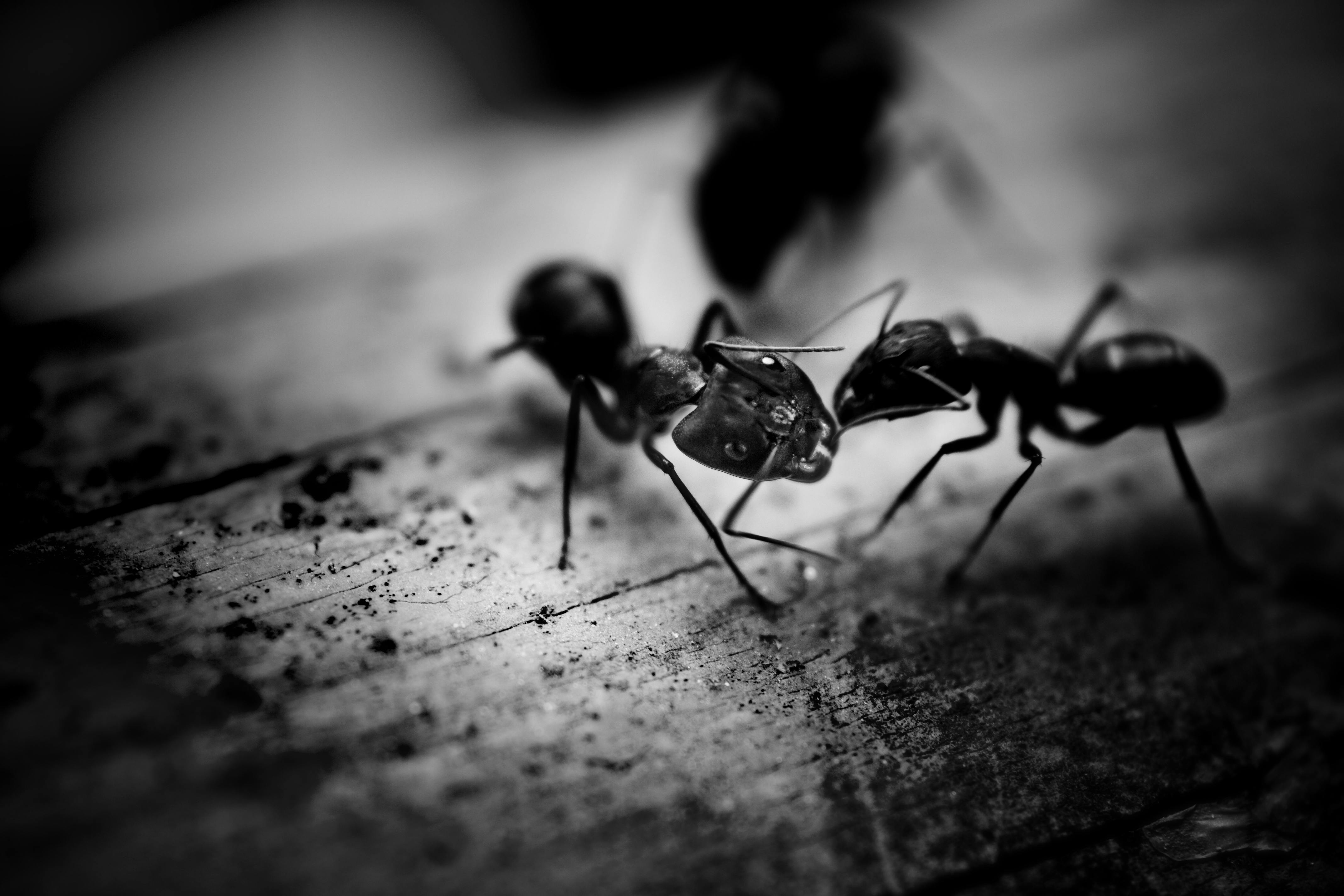Decoding the Intricate World of Ant Societies: A Deeper Look into their Complex Behavior and Organization
Introduction: Ants, often overlooked due to their size, hold a wealth of information about complex societies, teamwork, and adaptability. This article delves into the fascinating world of ant colonies, exploring their intricate organization, communication methods, and survival strategies, providing a fresh perspective on these tiny creatures that share our world.

The Unseen World of Ant Societies
Ants, belonging to the family Formicidae, have been on our planet for over a 100 million years. They have evolved into more than 12,000 species, each with its unique characteristics and behavior. Ants live in colonies, which can range from a few dozen to millions of individuals. The structure of these colonies is incredibly complex, with each ant playing a specific role in the survival and prosperity of the colony.
The Remarkable Social Structure and Roles
Ant societies are typically divided into three main castes: queens, males, and workers. The queen is the reproductive female, responsible for laying eggs. Males are there solely for mating with the queen and have a short lifespan. Workers, which are sterile females, form the majority of the colony. They are involved in various tasks such as foraging, defending the colony, and caring for the young. This division of labor is remarkably efficient, ensuring the smooth functioning of the colony.
Ant Communication: A Complex System
Ants communicate using a range of methods, including chemical signals, touch, and even sound. Chemical signals or pheromones are the primary mode of communication. Ants release these pheromones to convey different messages such as danger, food sources, or trail markers. This chemical language allows them to coordinate their activities effectively, from finding food to defending their colony.
The Incredible Survival Strategies of Ants
Ants exhibit some of the most remarkable survival strategies in the animal kingdom. For instance, when a flood occurs, fire ants can form a living raft by linking their bodies together, ensuring the survival of the queen and the young. Leaf-cutter ants farm their food by cultivating a specific type of fungus, displaying a level of agriculture sophistication that is unique in the insect world.
The Impact of Ants on the Environment
Ants play a crucial role in the environment. They help in soil aeration through their nest building activities, aid in seed dispersal, and control pests by being natural predators. However, some species, when introduced to new environments, can become invasive and cause significant ecological harm.
In conclusion, ants, despite their small size, exhibit a level of social organization, communication, and survival strategies that is both fascinating and complex. Their impact on the environment is significant, highlighting the importance of these tiny creatures in maintaining ecological balance. As we continue to learn more about them, we gain a deeper appreciation for the intricacy and resilience of life on our planet.





